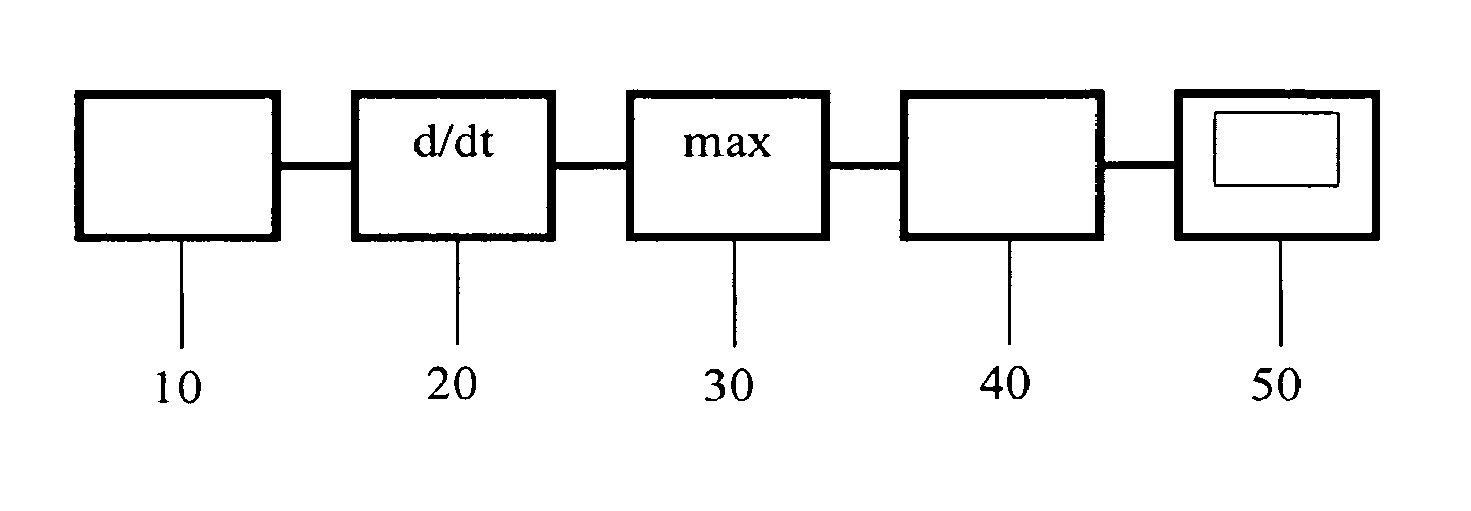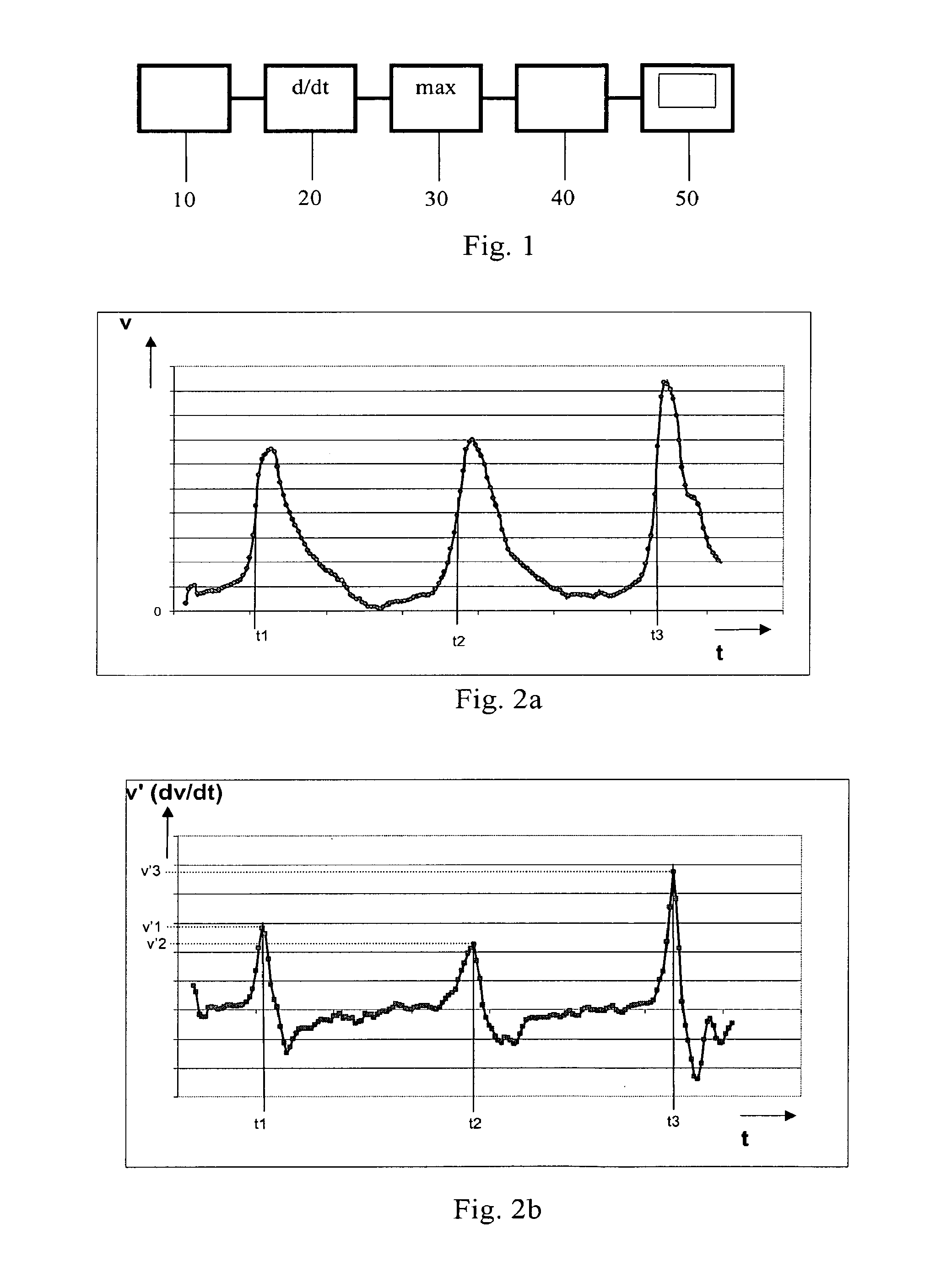Method and device for monitoring and improving arteriogenesis
a technology for arteriogenesis and sensing devices, which is applied in the field of devices and methods for sensing the arteriogenic capacity of patients, can solve the problems of not leading to satisfactory, reliable training increases, and not leading to significant and reliable measures of arteriogenic capacity, so as to reduce symptoms of ischemia, increase blood pressure, and increase the slew rate
- Summary
- Abstract
- Description
- Claims
- Application Information
AI Technical Summary
Benefits of technology
Problems solved by technology
Method used
Image
Examples
Embodiment Construction
. Introduction
[0062]Arterial and venous vascular networks show a distinct genetic signature, function and branching architecture (De Smet et al., 2009; Swift and Weinstein, 2009). Specification of arterial-venous vessel identity and formation of branched vascular networks occur during early embryogenesis and are modulated by hemodynamic factors (Jones et al., 2004; le Noble et al., 2004; Lucitti et al., 2007), but the precise mechanisms are unclear. Circulation of blood creates mechanical forces in vessels (Garcia-Cardena et al., 2001; Jones et al., 2006), and affects oxygenation of developing organs. Here we investigated which mechanical forces, or secondary factors including oxygenation of the blood (Fraisl et al., 2009), might be relevant for regulating vessel identity in developing embryonic vascular networks in vivo. We furthermore assessed the morphological and genetic changes occurring in the embryonic yolk sac vasculature in response to manipulations of hemodynamic condition...
PUM
 Login to View More
Login to View More Abstract
Description
Claims
Application Information
 Login to View More
Login to View More - Generate Ideas
- Intellectual Property
- Life Sciences
- Materials
- Tech Scout
- Unparalleled Data Quality
- Higher Quality Content
- 60% Fewer Hallucinations
Browse by: Latest US Patents, China's latest patents, Technical Efficacy Thesaurus, Application Domain, Technology Topic, Popular Technical Reports.
© 2025 PatSnap. All rights reserved.Legal|Privacy policy|Modern Slavery Act Transparency Statement|Sitemap|About US| Contact US: help@patsnap.com



